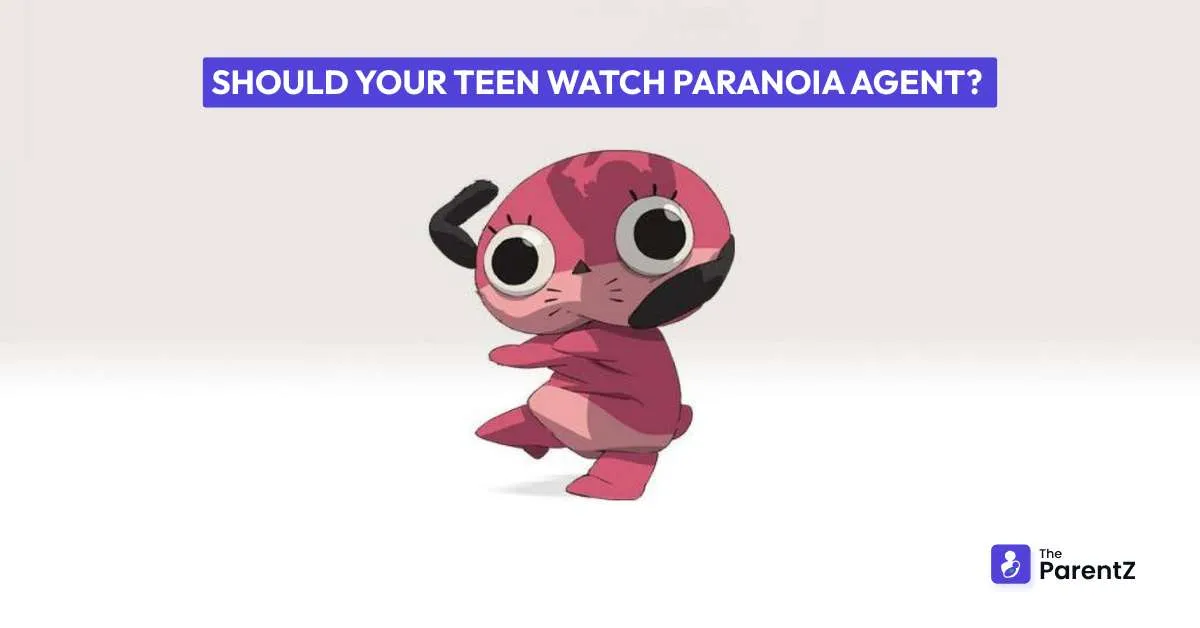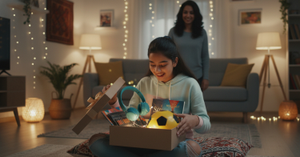Introduction
At first glance, Paranoia Agent looks like a mystery. A strange figure—rollerblades on his feet, a golden bat in hand—attacks random people in Tokyo, then vanishes. Who is he? Why is he doing it?
But the real story isn’t about the attacker. It’s about the people he targets—and what they’re trying to escape. Created by the late Satoshi Kon (Perfect Blue, Paprika), this series peels back the masks people wear to survive the pressure of modern life. It’s not horror in the traditional sense—it’s psychological, social, and deeply unsettling.
For teens navigating stress, shame, or societal pressure, this series may feel uncomfortably familiar. And that’s exactly why it needs context.
Overview
The show begins with Tsukiko, a timid character designer, being crushed by the expectations of her company and fans. One night, she’s attacked by a mysterious boy with a golden bat. He comes out of nowhere. No one sees him. But after that night, Tsukiko’s life resets. Her anxiety lifts. Her guilt fades.
Then someone else is attacked. And then another. And with each assault, we realize this boy—nicknamed “Lil’ Slugger”—might not be real at all.
Each episode focuses on a different character suffering under emotional or psychological weight: a student with academic pressure, a woman hiding her dual life, an old man lost in memory. The attacks become a metaphor—for denial, repression, and how far people go to avoid their truth.
Themes
1. Psychological Breakdown and Avoidance
Every character attacked by Lil’ Slugger is on the verge of collapse. They’re overwhelmed, desperate, and silently falling apart. The attacks don’t solve their problems—they merely interrupt the moment of emotional crisis. It's a critique of how society encourages people to suppress instead of confront what’s hurting them.
2. Social Pressure and Escapism
In today’s world, pressure comes in quiet, invisible ways—grades, likes, image, and silence. Paranoia Agent explores how escapism becomes a coping strategy, whether through fantasy, addiction, or delusion. The show doesn’t judge these responses—but it asks a haunting question: What happens when they stop working?
3. Mass Panic and Collective Denial
As the series progresses, the attacks spread like a virus. People start faking injuries to escape responsibilities. News outlets sensationalize the story. The city falls into paranoia. It’s a portrait of a culture that chooses fantasy over accountability—a warning that feels eerily relevant in a world of misinformation and performative wellness.
Age Preference
Recommended for: 16+
There’s no graphic nudity or excessive violence, but the emotional content is heavy. The abstract storytelling and psychological complexity require emotional maturity, especially in the later episodes.
Who Should Not Watch
- Teens under 15
- Viewers with active struggles around anxiety, dissociation, or mental health
- Those looking for a traditional mystery or action series
- Anyone sensitive to themes of emotional isolation or existential dread
While it’s not visually disturbing in the usual horror sense, the emotional atmosphere is dense and lingering.
Lessons From It
Paranoia Agent doesn’t give easy answers—but it offers powerful reflection. It shows how fear can twist reality. How a small lie, a small pressure, or a quiet moment of guilt can fester until it consumes a person. It’s about what happens when you carry everything and ask for help from no one.
But it also suggests that healing begins with acknowledgment. The moment someone stops running, stops hiding, and admits: “I’m not okay”—that’s when real change can begin.
The show also reminds us that no one suffers in isolation. Emotional pain echoes through communities, families, and even cities. And avoiding pain doesn’t stop it—it spreads it.
Conclusion
Paranoia Agent isn’t casual entertainment. It’s layered, intense, and at times deeply unsettling. But beneath its surreal surface lies one of the most unflinching portrayals of psychological distress ever brought to animation.
If your teenager is interested in watching it, don’t simply allow it—be there with them. Sit beside them. Watch each episode together. Take time afterward to reflect. Discuss not just the storyline, but the emotions it stirs.
Because this series doesn’t just ask, “Who is Lil’ Slugger?”—it challenges us to confront what we’re running from.








Be the first one to comment on this story.